Last week, Thinking Nation (Spenser, Liz, and I) flew out to Boston for the annual National Charter Schools Conference. As we’ve noted, this is the 2nd year that we partnered with the National Alliance for Public Charter Schools to do a themed student art contest and history exhibit for the conference. Naturally, since the conference took place right up until Independence Day in the city many see as the seed of the Revolution, our theme was easy! Below are some pictures of the little exhibit that attendees were able to take in.
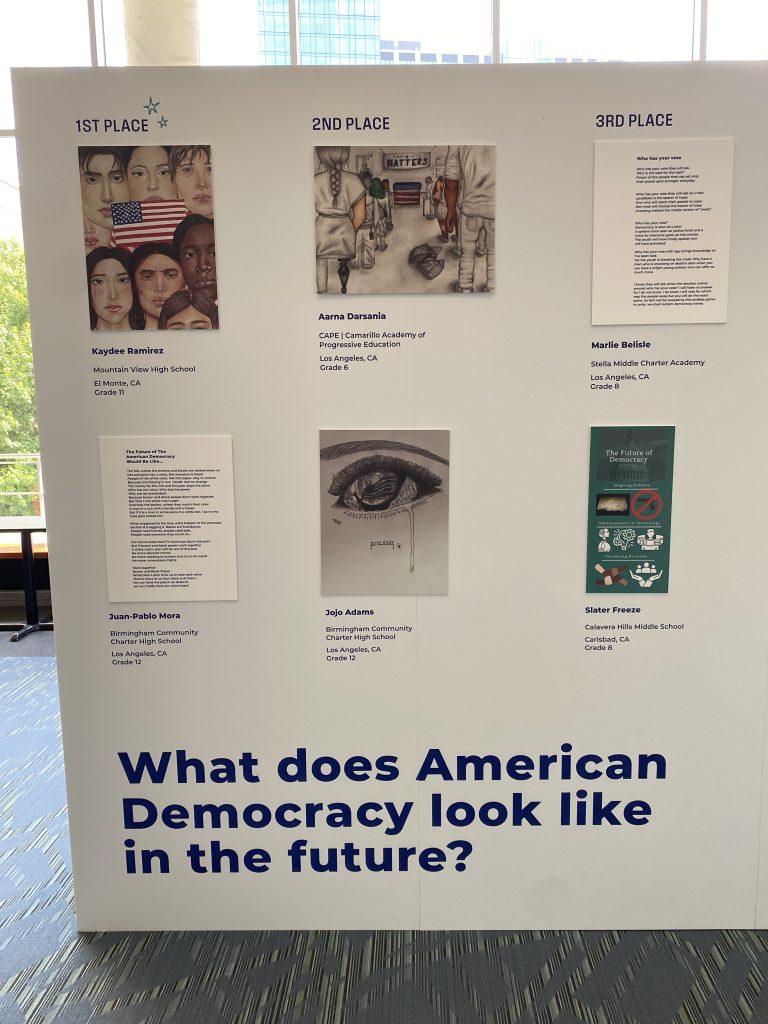
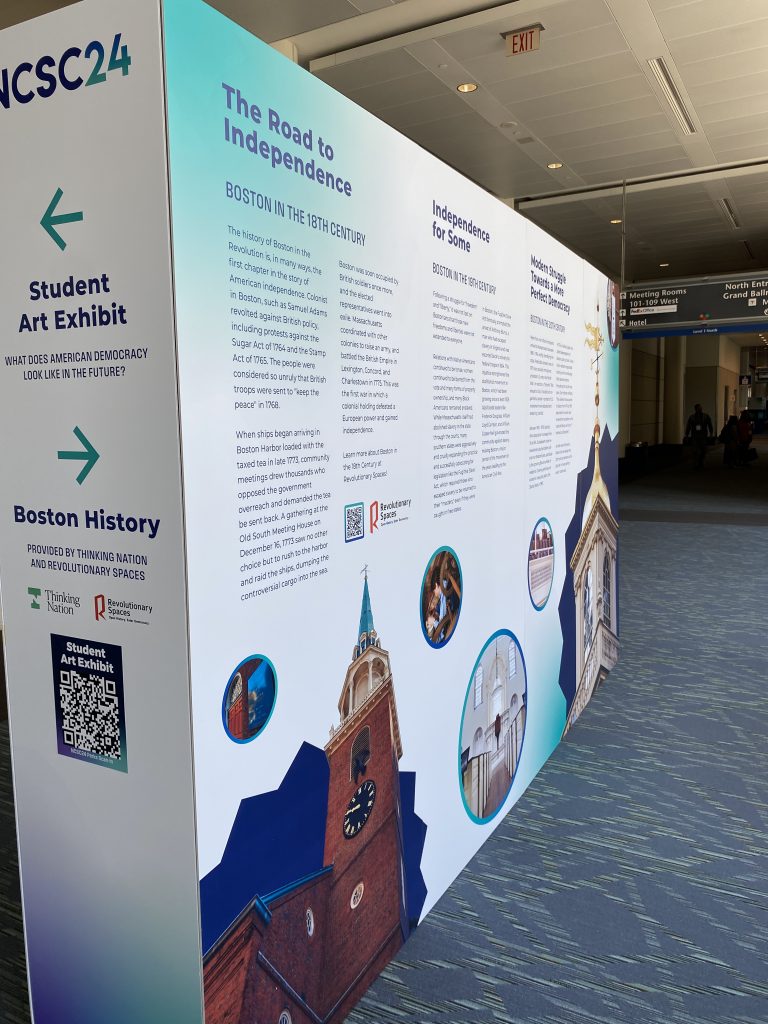
Overall, the conference was so exciting! The exhibit hall was bustling and we had so many great conversations with such passionate educators. The organizers of the conference, in particular Angela Christophe and Patricia Guidetti, truly put on such a wonderful event. We feel so fortunate to play a small, but personally special, part in it.
While at the conference it was great to meet or see again in person so many leaders in California Charter Schools, where we got our start, and in the civics space. Embodied relationships are so refreshing in the virtual world we often live in.
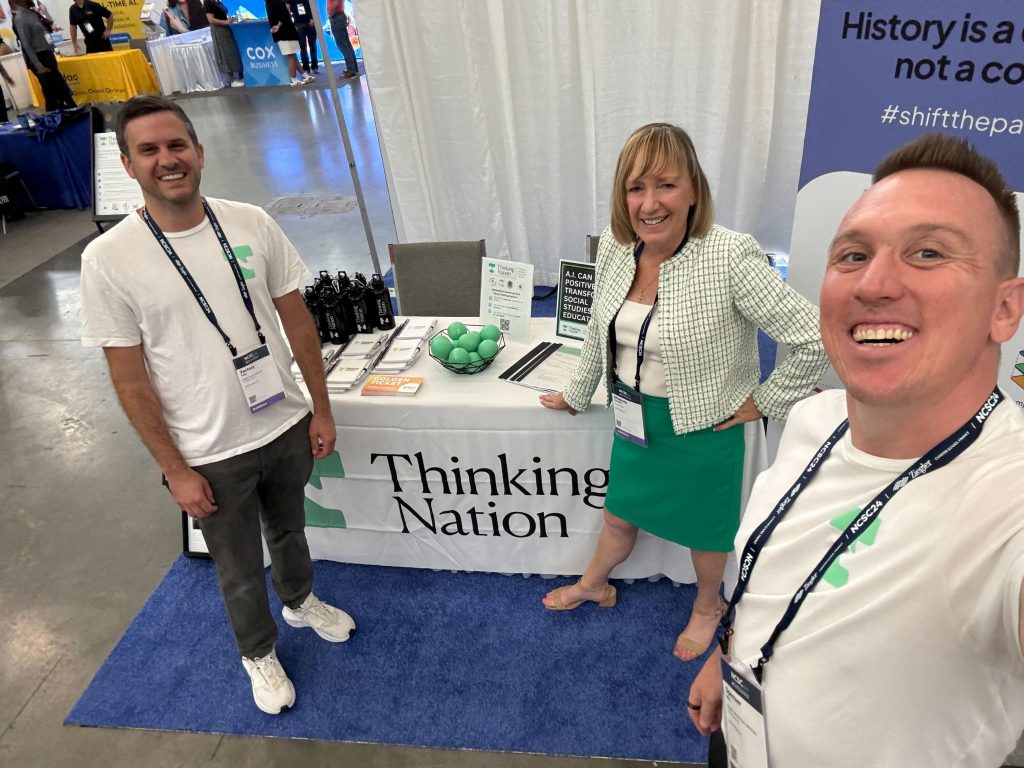
Of course, what would a conference in Boston be like for Thinking Nation if we didn’t incorporate some mini history field trips? The three of us walked the Freedom Trail, which was really a surreal experience given it being the week of Independence Day. Some highlights for me personally, as it’s been a decade since I’ve been in Boston:
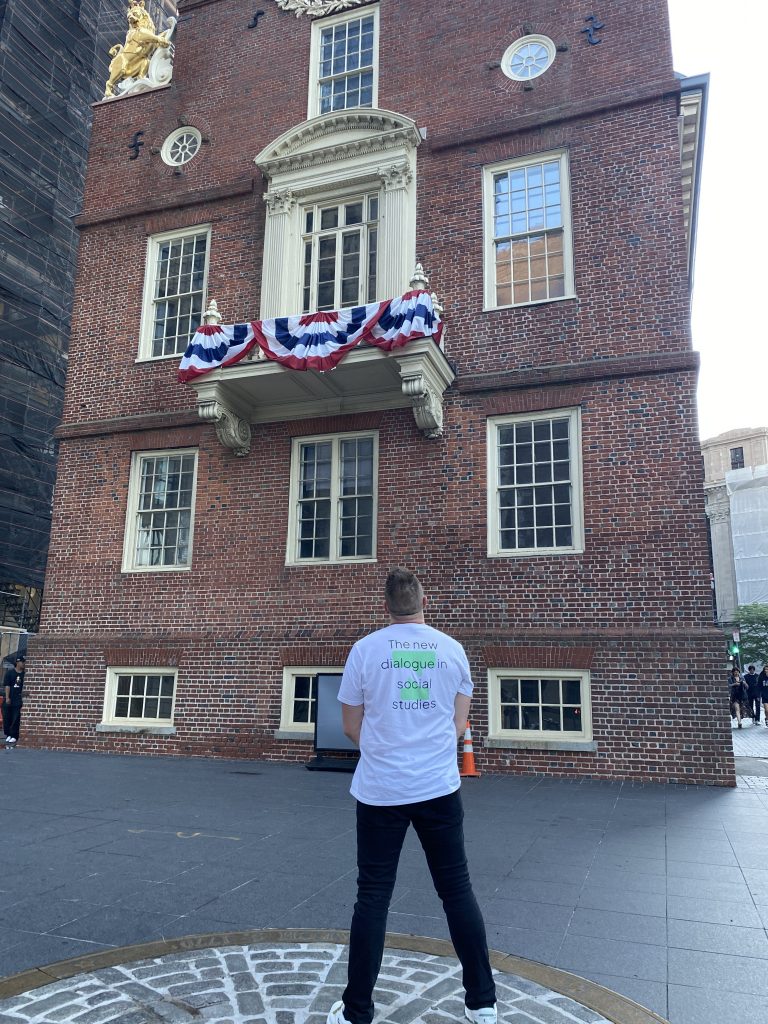
1. Visiting the graves of the victims of the Boston Massacre – I don’t take lightly that Crispus Attucks has a named grave in a colonial Boston cemetery. Boston did not outlaw slavery until 1783, 13 years before Attucks, a African-Indigenous man was killed in front of the Old State House and memorialized in the Granary Burial Ground alongside the other four victims. In the spirit of this note, John Wheatley, who enslaved America’s first Black Author, Phillis Wheatley, is also buried there.
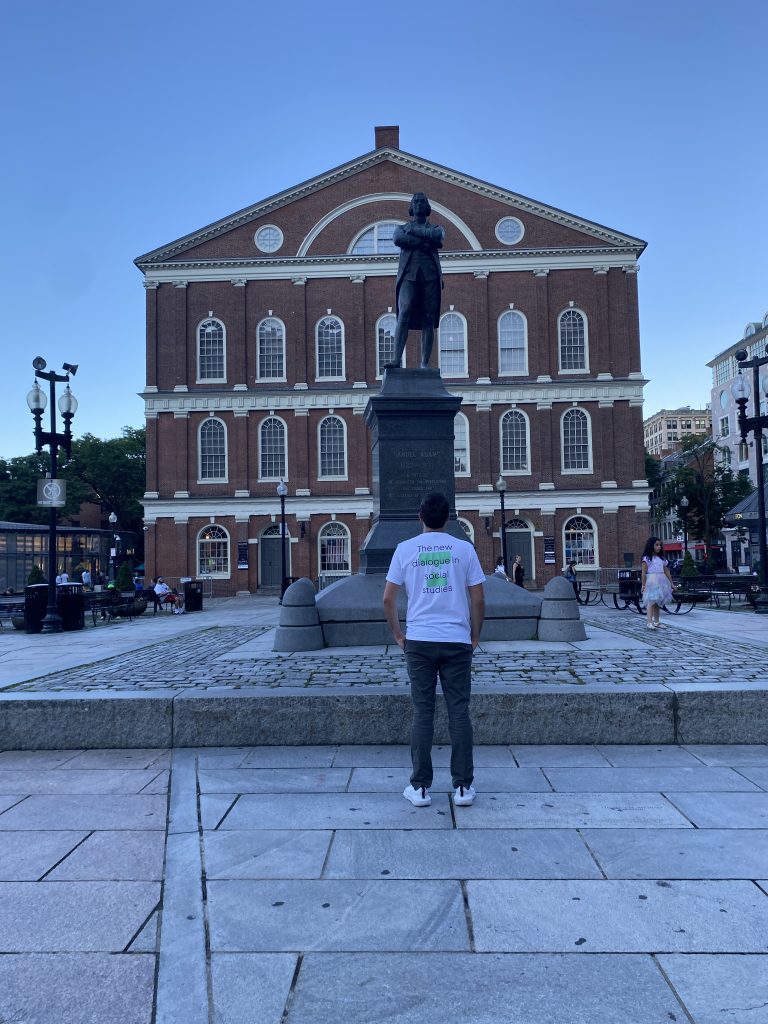
2. Visiting Tremont Temple and Faneuil Hall. While these two sites hold great historical importance, those of you who know me know that I spent a year of my scholarly life with the writings of Frederick Douglass, so re-thinking these sites knowing he, too, visited and spoke at them, was especially exciting.
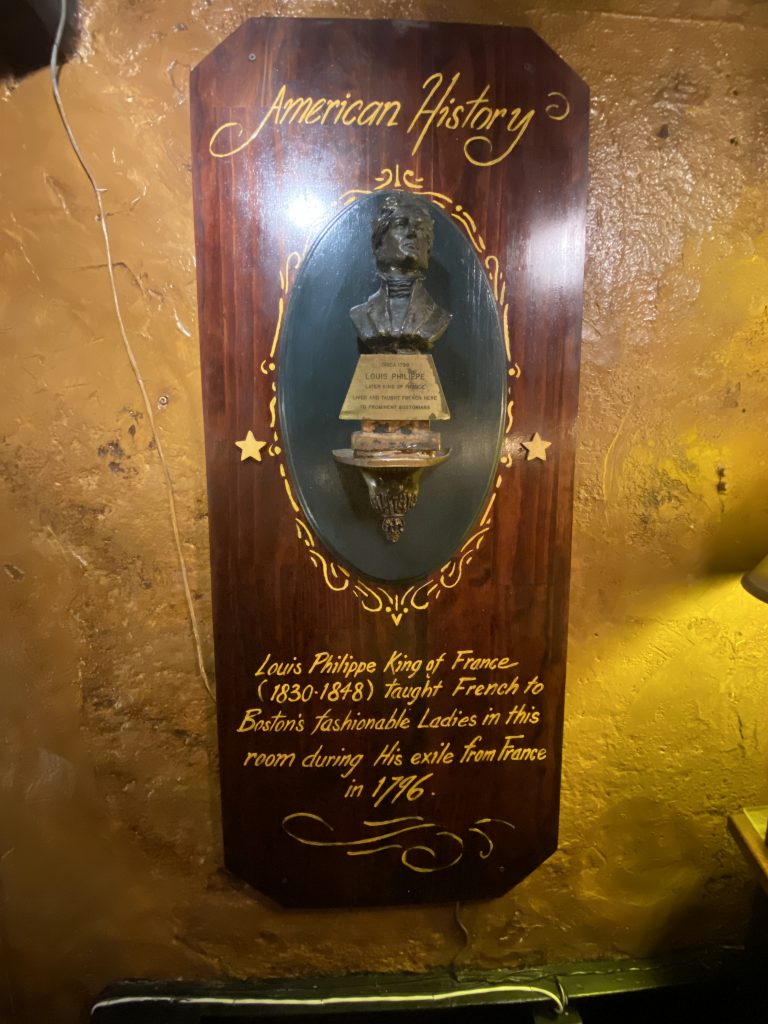
3. Having dinner at America’s oldest restaurant, Ye Old Union Oyster House. Not only did we eat right next to the “Kennedy Booth,” where JFK ate, but while there, I learned that before it was a restaurant (pre-1826), French King Louis Philippe I taught French to Bostonians there! How cool is that?
4. Seeing the beautiful mosaic representing the site of our nation’s first public school. After all, quality public education is why we were in the city!
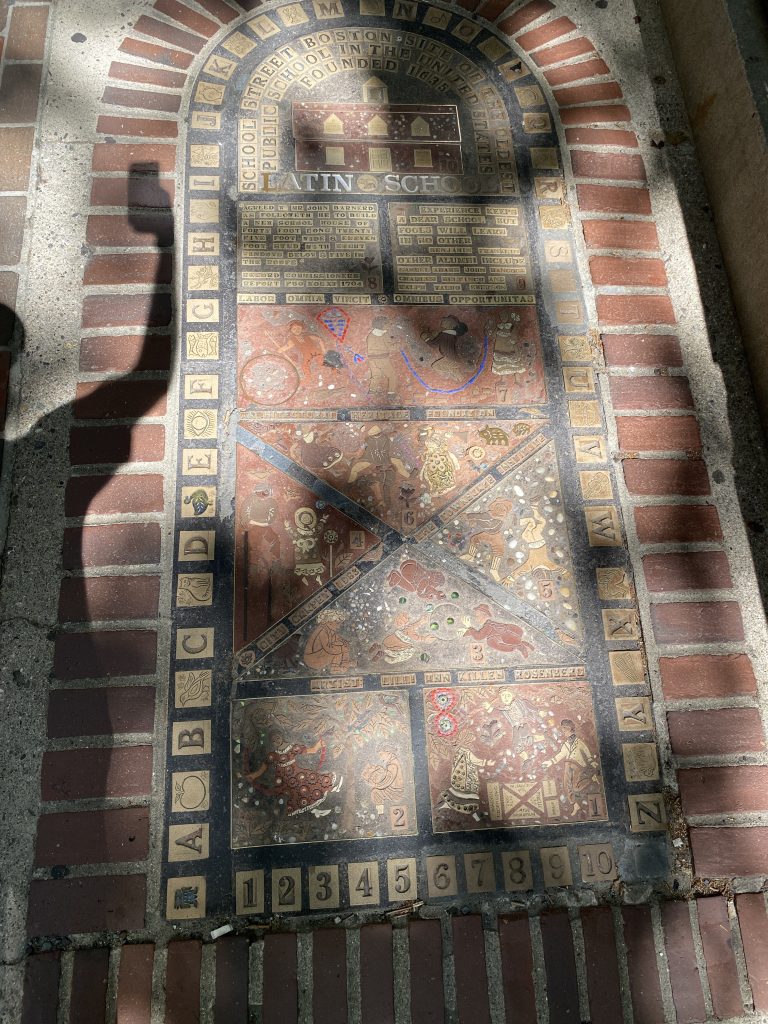
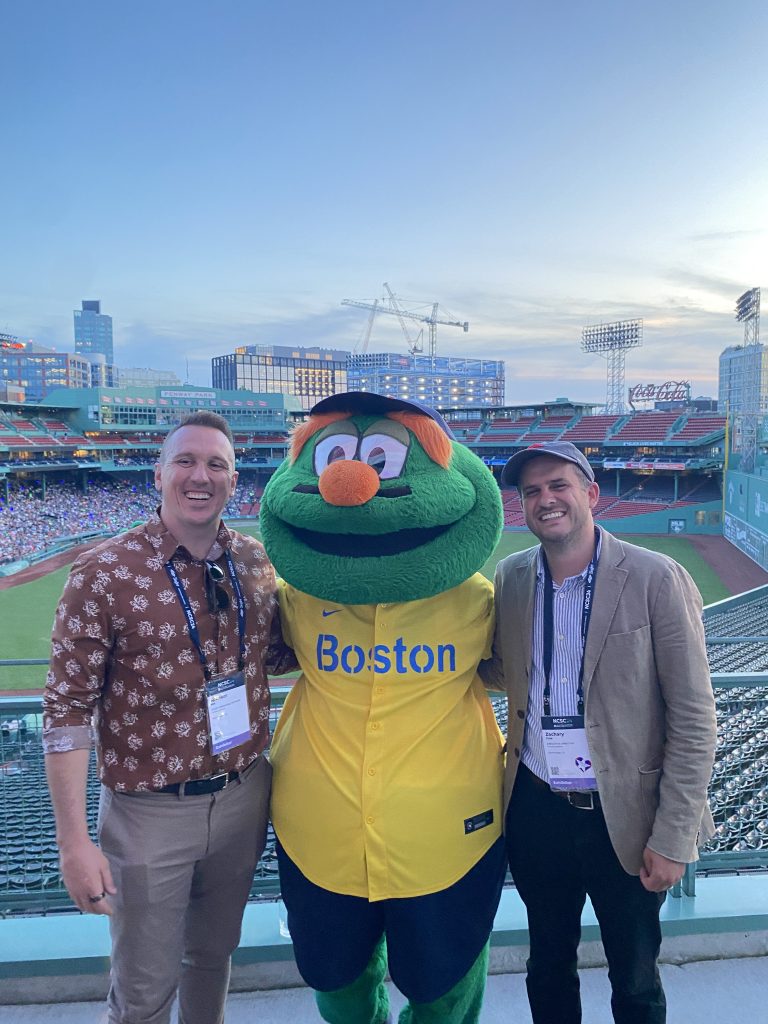
5. Attending a reception at Fenway. Fenway is one of those Baseball stadiums that borders a spiritual experience so any excuse to be alongside the green monster, and as the picture shows, Wally the Green Monster, is a good one.
Boston, you are a great city. It was a great National Charter Schools Conference!